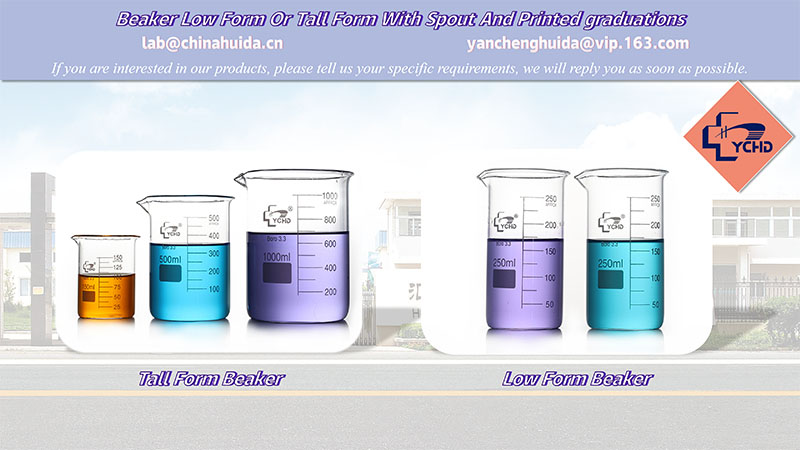Extraction of pectin and preparation of jelly
【Purpose】
Master the principle of pectin extraction and learn the technology of jelly preparation.
【Principle of experiment】
Pectin is a macromolecular carbohydrate compound, a natural colloidal substance of plant origin, which is widely present in apples, hawthorns, citrus fruits and other plants. In plants, pectin exists in three forms: protopectin, pectin and pectic acid.
Protopectin can be converted into soluble pectin when it is treated with dilute acid or reacted with pectinase. The basic structure of soluble pectin is polygalacturonic acid, in which some carboxyl groups are lipidated by methanol to methoxy groups. The methoxyl content of pectin in general plants accounts for about 7-14% of the carboxyl groups that can be lipidated in the polygalacturonic acid structure. Pectin with a methoxyl content higher than 7% is called high methylation Oxy pectin, that is, ordinary pectin, pectin with a methoxy group content of less than 7% has almost no gelling power, but can form jelly in the presence of multivalent ions such as calcium, magnesium, and aluminum. Multivalent ions act as cross-linking agents for pectin molecules.
Pectin is white or light tan powder. Dissolved in water or viscous liquid, it is acidic to litmus paper. Pectin is boiled with sugar and organic acid to form elastic jelly. Based on this characteristic, pectin is used in the food industry to make jam, jelly, candy, Ice cream, ice cream, etc.
In the pharmaceutical industry, pectin can be used as a hemostatic agent for intestinal bleeding. Low methoxy pectin can form water-insoluble compounds with metal ions, and is a good antidote and preventive agent for metals such as lead, mercury, and cobalt.
【Instruments and Reagents】
instrument
Beaker (600mL 10mL), electric stove, Buchner funnel, filter paper, mortar, acidity meter, nylon bag or tap muslin bag, watch glass, desiccator, suction filter bottle.
reagent
1. 0.1mol/LHCl
2. 95% ethanol
3. Citric acid
【Steps】
(1) Pectin extraction
Weigh 15g of dried orange peel, wash with water, soften slightly, cut into pieces, add 150-200mL of water to a 600mL beaker, boil for 10min (remove sugars, pigments, bitterness, etc.) and discard the water. Rinse the residue repeatedly with cold water, squeeze it dry, weigh it, put it in a 600mL beaker, add 3 times the weight of the residue, add 0.1MOL HCl, boil for 10 minutes, filter it with a tap muslin bag while it is still hot (the cloth bag is first soaked with water and squeezed dry), squeeze the cloth bag to Squeeze the filter residue, discard the filter residue, wash the cloth bag, filter the filtrate again, concentrate the filtrate to 50 mL of cooling filtrate, add 95% ethanol to the mixture until the ethanol concentration reaches 60%, stir with a glass rod to obtain a colloid solution. The pectin precipitate was obtained by suction filtration with a Buchner funnel. The pectin was transferred to a beaker and washed with a small amount of 95% ethanol. After grinding, put it in a watch glass in a desiccator overnight, and grind it with a grinder to obtain pectin powder to calculate the yield.
(2) Jelly making
Weigh 0.2 g of self-made pectin, add 3 mL of water in a 10 mL burner, and heat to dissolve the pectin, add 3 g of sucrose and stir well, and leave it for several hours to obtain a gel (the gel of pectin needs to be in an acidic medium, and the pH is 2.8~3.3. The best gel effect, if the acidity of the pectin is not enough, it can be adjusted by adding citric acid).
Glass Beaker,Glass Beaker 1000ml,Beakers Borosilicate Glass,Beaker Laboratory Glassware
Post time: Feb-07-2022





